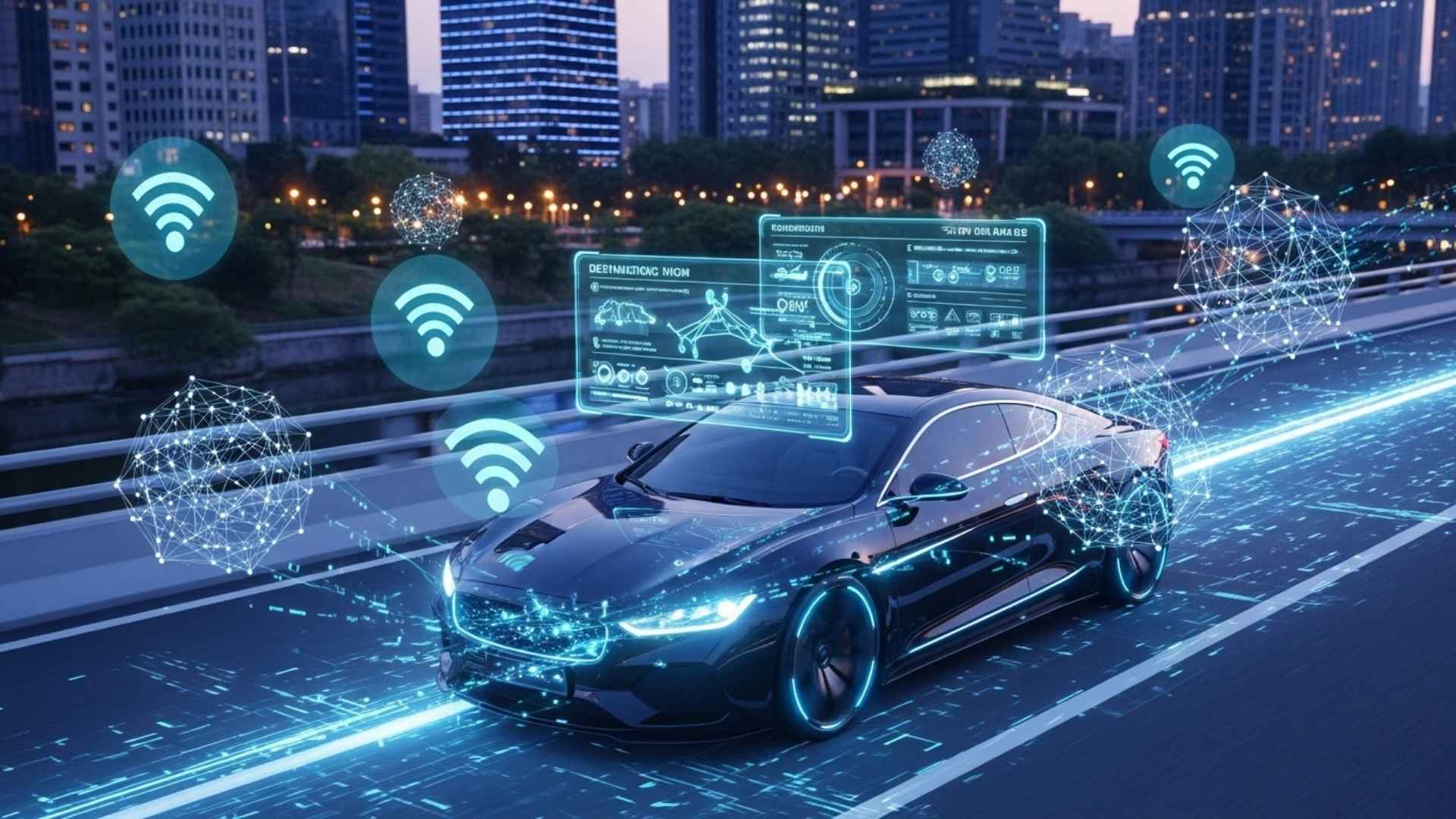Modern vehicles are no longer mechanical standalone machines. They have become intelligent, connected systems that rely on digital networks. Every component, from the braking system to the steering system, communicates through complex vehicle electronics and diagnostics.
While these advances have improved performance and safety, they have also introduced digital risks such as data theft, unauthorized access, and hacking. Protecting this digital ecosystem has become one of the biggest challenges in automotive engineering.
At the heart of a car are electronic control units called Electronic Control Units (ECUs). These tiny microcomputers process thousands of signals per second and control everything from air-fuel ratio to adaptive cruise control.
When these ECUs are compromised, serious malfunctions can occur. Diagnostic systems and preventive tools now play a crucial role in identifying faults and protecting against external interference.
In this digital age, keeping the “brain” of a car safe is just as important as maintaining its engine.
The Rise of Smart Car Electronics
The shift from mechanical to electronic systems has revolutionized the way cars are driven. While mechanics once relied on physical inspections, today diagnostics are digital.
Sensors now collect data in real time. ECUs analyze it and monitor performance instantly. Modern vehicles contain dozens of these microprocessors. They are the car’s nervous system.
Maintenance has become more about interpreting data than studying symptoms.
Advanced diagnostic tools allow engineers to monitor fuel consumption, battery health, and more, and detect abnormalities before they cause damage.
This proactive approach reduces repair costs and improves safety. But the easy access that monitoring allows also creates entry points for hackers.
Modern vehicles no longer break down silently. They need tools that are as smart as their systems, communicating their problems digitally
Cybersecurity is becoming as important as mechanical reliability. Hackers can exploit diagnostic ports and intercept data. Modern defenses counter with encryption, authentication, and access control, ensuring that only authorized tools can communicate with the car’s key systems.
OBD Systems: The Gateway to Car Intelligence
On-Board Diagnostics (OBD) is a digital gateway to a car’s internal network. Originally developed to control emissions, it is now used as a comprehensive diagnostic interface that monitors engine performance, sensor activity, and system errors.
The OBD port, usually located under the steering wheel, allows for quick diagnostics. However, it also introduces the potential for anyone with access to access data or change configurations.
Diagnostic Protection Tools regulate and authenticate OBD access. This protects against unauthorized commands.
Among these tools, OBD Killer has become the standard for diagnostic security. It blocks unauthorized communication attempts while allowing authorized maintenance.
This tool acts as a digital shield between external devices and the car’s internal systems. This ensures that only approved commands are executed, maintaining diagnostic accuracy and preventing data corruption or ECU corruption.
OBD systems also support predictive maintenance by collecting real-time data to predict potential damage.
This reduces the risk of damage and extends the life of the vehicle—but it also emphasizes the need for robust protection. Compromised diagnostic data can lead to incorrect repairs or safety issues.
Therefore, combining intelligent OBD systems with robust protection tools is the foundation of modern vehicle security**.
The Need for Modern Diagnostic Protection Tools
As cars become more and more connected, reliable diagnostic protection is essential. While traditional systems can be compromised by use, digital systems can be compromised by cyberattacks.
Intruders who access diagnostic interfaces can spoof data, duplicate car keys, or disable security systems. Real-world incidents have proven this to be a risk.
Modern protection tools prevent such breaches through authentication and encryption, ensuring that only authorized users can perform diagnostics or updates.
They balance convenience and security by securing data transfers between the OBD port and external devices. These systems can detect anomalies—block suspicious attempts and notify owners immediately. In short, they combine cybersecurity and automotive engineering to create a unified defense network.
In addition to technical safety, diagnostic protection also maintains consumer trust and data ownership. Car owners need to control who can access their car’s digital data.
Transparent data handling and secure diagnostic processes help build trust in connected vehicle mobility. This is an increasingly important factor as cars become an extension of their own digital identity.
The Future: AI and Cloud-Based Vehicle Protection
Artificial intelligence (AI) and cloud computing are transforming vehicle diagnostics. AI can process large amounts of data and detect signs of equipment failure before they become a problem. This shifts the focus from reactive to proactive.
Cloud-based protection extends this paradigm. Connected vehicles can share diagnostic data with manufacturers and receive over-the-air updates or security patches. Fleet managers can monitor the entire network remotely to ensure continuous safety.
However, the rise of connectivity also raises privacy concerns, so encryption and strict access controls are essential.
The future of diagnostic protection lies in the ability of manufacturers, It depends on collaboration between software developers and cybersecurity experts.
Cars will operate in global networks, sharing data to improve performance while protecting against threats.
The biggest challenge is to ensure full protection from malicious actors while maintaining access for authorized users.
Also Read: Connected Car Technology: Features, Benefits, and Future
Driving towards a secure digital future
The modern car is a complex technological ecosystem where electronics, OBD systems and diagnostic and prevention tools ensure safety and reliability.
But with great connectivity comes great responsibility. As vehicles become more autonomous and data-driven, protecting their electronic systems is paramount.
Diagnostic prevention is not just a technical safeguard—it is the foundation of trust in the era of Smart Mobility. Technologies like OBD Killer demonstrate how advanced defense mechanisms can maintain digital integrity.
The combination of AI, Cloud Intelligence and Cybersecurity will define the next era of automotive innovation. The cars of the future will not only drive intelligently—they will also protect themselves intelligently, ensuring that the road remains safe and connected.
Ultimately, the future of transportation depends not so much on how fast vehicles can go as on how safely they can think, communicate, and protect themselves—only then can innovation, intelligence, and safety create a seamless connected driving experience.




